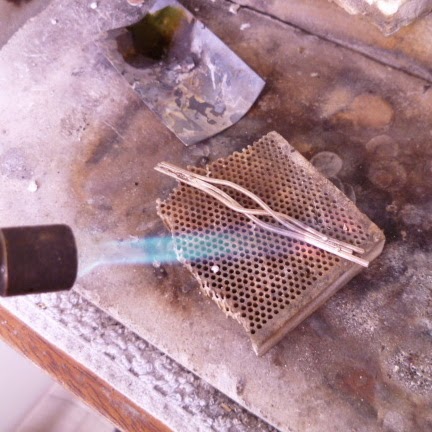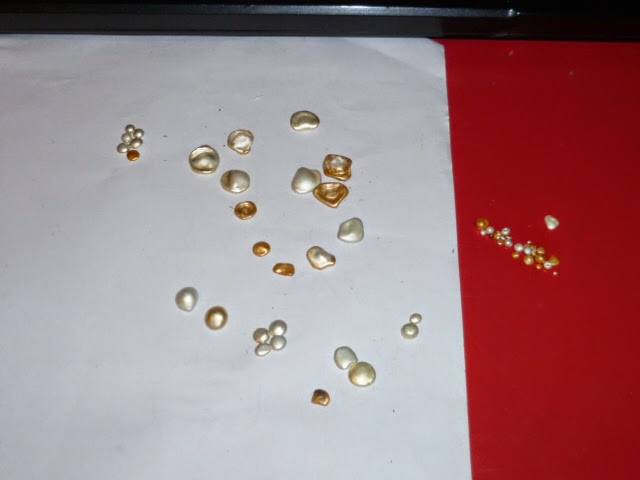Better than Before by Gretchen Rubin
Sometimes, I am a sucker for punishment, I have never been fond of self help book but I have been thinking of my habits for a while. When I saw this title at BloggingforBooks, I decided it might have some interesting information and might help me. It does but you have to put up with the author along the way.
Gretchen Rubin reminds me of a cross between an over eager puppy and a second rate business consultant. Once she takes hold of a subject, it seems to become her life. So far, that is her problem (and her husband's - I feel a lot of pity for the poor guy!). But she also wants to spread her new revelation to everyone around her. Habits! Habits are good! Habits will solve your problems. Let's push exercise and diet on her sister, house organization on a friend, etc. Any conversation seems ripe for her to introduce a new habit on someone (ok, there is a bias here, since conversations that are not about the book's subject would not be included in the text, but...). Her sheer enthusiasm can be exhausting.
She also takes things to extreme. She is nice enough to answer reader email and comments on her blog. However, she decided to save time by cutting out salutations and closings on her messages (no saying "hi" or signing off since those must take all of 10 seconds and are a habit for most adults). When someone mentions that her emails sound unfriendly this way, she argues through that the time saved is more important (saving all of 5 seconds per message at the risk of sounding brusque).
She also reminds of the worst kind of business consultant: her book is filled with "The 4 Tendencies", "The Essential 7", "The 4 Pillars ", etc. She also likes pompous titles: "Strategy of Monitoring" or "Strategy of Convenience". I haven't seen so many lists of all encompassing principles since the last management seminar I went to. Some are explained in the book but I suspect others were introduced in her previous works and just tossed in casually.
However, there is also good advice in the text (but don't get pressured by Gretchen to see things her way - she acknowledges that different things work for different people but she also tries to push her on the reader). I enjoyed her analysis of rewards, where the motivation for the habit becomes the rewards and not the result of the new behaviour, and of loopholes (guilty as charged!).
Overall, when I think back on this book, I remember my annoyance with the author and not the good parts of the book. I do want to go back and reread specific parts. Would I recommend it? I am not sure. I am not going to read another book on habits, though.








